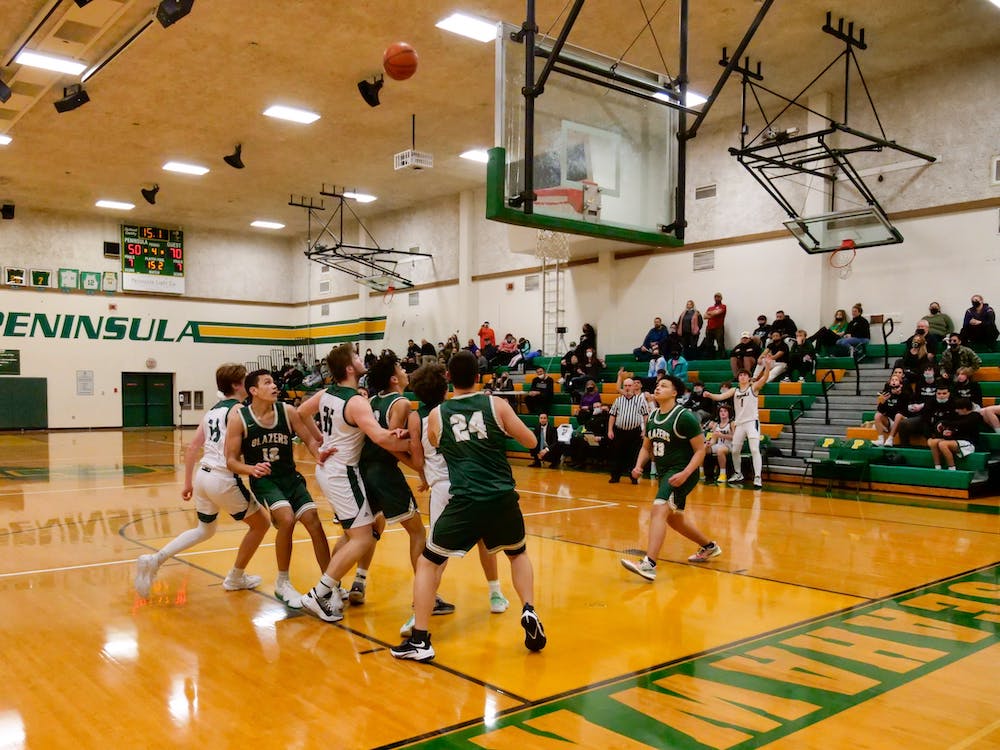“Athletic administrators in our nation’s middle schools and high schools must have plans in place to protect spectators, student participants and officials.”

In the past few years, an increasing number of shootings have occurred around school events – particularly Friday night football games.
According to David Riedman with the K-12 School Shooting Database, there have been 34 shootings at middle school and high school sporting events since August, at a pace is set to surpass the 38 of last year.
These events have occurred throughout the country – from states in the Deep South, to California, New York and, more recently, Ohio, where, according to Cleveland.com, “the episodes have resulted in a near forfeit, two relocations and games in which fan attendance was either limited or barred outright.”
The safety of individuals attending middle school and high school events must be paramount for school officials; however, limiting fan attendance at school sporting events is a last-resort solution. Many student-athletes and their families experienced this loss of connectivity when stadiums sat empty during the pandemic.
High school sporting events traditionally are safe gathering places for fans to attend and celebrate the accomplishments of high school student-athletes. We must do whatever is necessary to make sure these venues remain safe and secure.
In most cases, shootings that have occurred in and around school venues mirror the increase in gun violence at large gatherings nationwide. Often, fights between individuals not connected to the game occur outside stadiums and, unfortunately, more of these events end violently with the use of guns.
The movement of this type of violence into the interscholastic sports space must be met with increased security efforts on the part of school officials. While we hope that efforts by governmental and community leaders begin to reduce gun-related violence, athletic administrators in our nation’s middle schools and high schools must have plans in place to protect spectators, student participants and officials.
More intense security plans have been in existence at college and professional sports venues for many years; it is essential that leaders in high school sports move after-school safety and security to the top of their priority lists — not only for games, but for practices inside and outside the building as well.
Many resources are available for high school athletic administrators to implement after-school safety and security programs, including the free online education course on the NFHS Learning Center at www.NFHSLearn.com. “Afterschool Security” provides practical strategies for developing and implementing a school safety team and an after-school activities supervision plan. Source: Dr. Karissa L. Niehoff, CEO, National Federation of State High School Associations (NFHS), Indianapolis, Ind.
